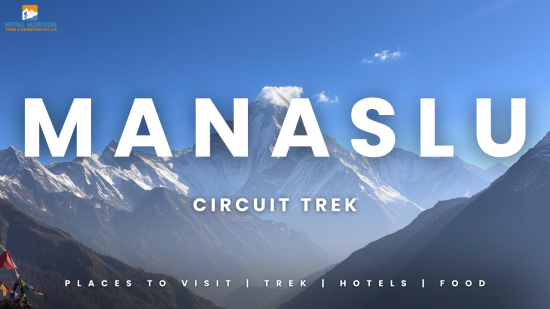Altitude Sickness in Mountain of Nepal: Its Causes, Symptoms, Treatments
3rd July 2019
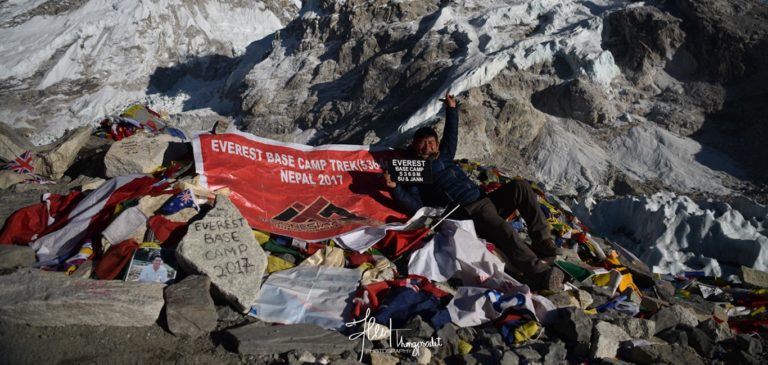
Definition:
Altitude Sickness, also known as “mountain sickness” is a physical and mental disorder that strikes if you climb to a higher altitude too quickly.
Its Causes
It’s a barometric pressure that surrounds you and when you climb to the higher altitude, the pressure drops: leaving less oxygen to inhale. If you gain the height too quickly; without letting your body adjust the oxygen level; you are likely to victim of Altitude Sickness (AMS). Regardless of age, sex and fitness, anybody can be the victim of AMS if they disobey the rules of height. Also remember: just because you managed to escape from it before doesn’t mean you won’t get victimize on another trips. Even high altitude residents – Sherpas sometimes get victim of altitude sickness.
Symptoms of altitude Sickness
The symptoms of altitude sickness usually knock you between 6 – 24 hours after you exceed the height more than 3,000m (9,842ft) above sea level. The symptoms of altitude sickness are more similar to bad hangover:
- Headache
- Nausea and Vomiting
- Dizziness
- Tiredness
- Loss of appetite
- Shortness of breath
- Unhealthy sleep
The symptoms get worse at night.
Medication
There are some certain medications that you may use if you got caught of altitude sickness
- Acetozolamide to prevent and treat sickness
- Ibuprofen and paracetamol for headaches
- Anti-sickness medication – promethazine for nausea
Prevention
As prevention is always better than cure, there are some tips that we will share you to stay away from altitude sickness.
- The key to altitude sickness is rise slow. Let your body adopt the low oxygen pressure
- Schedule acclimatization day at high altitude.
- Stay hydrated – drink at least 2 – 3 liters of water every day
- Stay away from alcohol and cigarette
- Avoid direct flying to areas of high altitude
- Don’t climb more than 300 – 500m a day
- Take a rest day after every 600 – 900m gain
- Avoid hardcore exercise for the first 24 hours
- Eat light and healthy calorie food
Quick Treatments:
If you think, you are developing altitude sickness; here are some quick treatment tips:
- Descend to lower and warm place as quickly as you can
- Take a rest and don’t proceed further unless your body is fully ready
- If you feel sick, take an anti-sickness medication
- If the symptom gets worse, seek emergency heli rescue
High altitude Sickness prone Treks in Nepal
Every trek that includes the hike over 3,000 is highly prone for altitude sickness in Nepal and it is applicable at any place. Some of trekking routes in Nepal is designed in such a way that you don’t need to worry about altitude sickness even it above 3,000m, while at some trekking routes – you need to be really serious. Treks like: Everest Base Camp Trek, Dhaulagiri Circuit Trek, Everest Three Pass Trek, Manaslu Circuit Trek etc. which concerns significant gain in altitude on daily basis must be taken altitude factors seriously.
Fake Rescue during the trek
Some trekking agency in Nepal plan itinerary in such a way that you will gain significant altitude daily. You are forced to walk and gain altitude so that you get victimize of altitude sickness. Then after, you will be rescued by helicopter – the cost will be covered by the insurance that you bough earlier. You will return back at the middle of the trek. But your money won’t be returned as terms and conditions are applied. So be aware of Fake Rescue – Choose wise trekking agency in Nepal.
Recent From Blogs
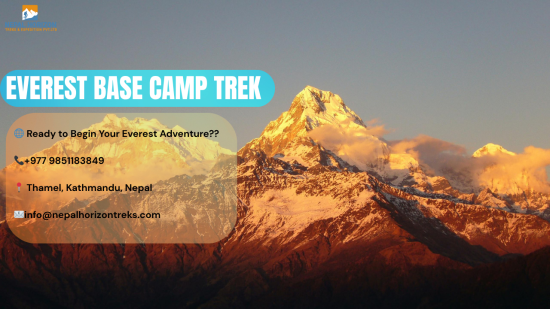
28th October 2025
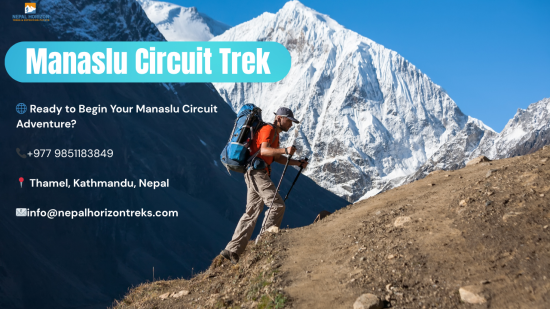
25th October 2025
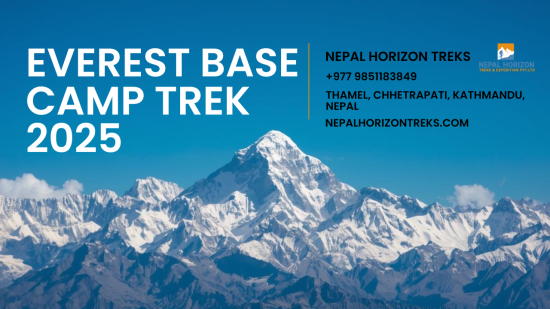
24th October 2025
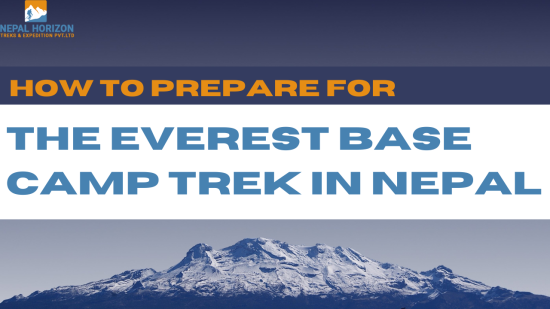
18th October 2025
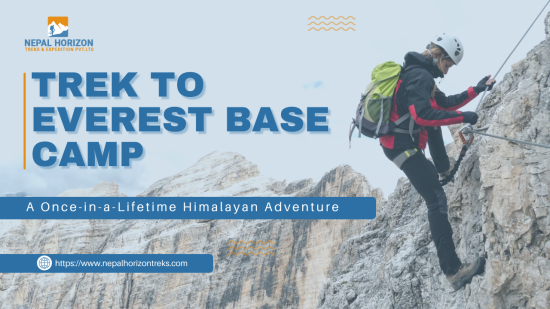
14th October 2025

12th October 2025

10th October 2025

7th October 2025


